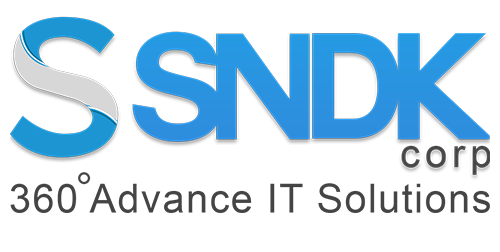Blog
AWS Greengrass: Explore Merits, Machine Learning Interface & ETL Interface
AWS IoT Greengrass is an Internet of Things (IoT) open-source cloud service that assists you with designing, building, deploying and managing software by extending cloud capabilities to your local devices.
What AWS Greengrass Do?
The devices can be programmed to collect and analyze data, generate predictions based on ML models and aggregate and filter data. The devices can transmit only necessary and relevant information to the cloud, thereby performing secure communication on the network. Managing and operating the software on devices in the field remotely becomes possible without a firmware update.

AWS Greengrass provides you with tons of merits, as mentioned below:
Let me help you explore the top four merits of AWS Greengrass.
1. Secure device communications:
The device data is encrypted for both local and cloud communications to prevent the data exchange without any proven identity. There is an added advantage of hardware-secured end-to-end encryption for messages sent between AWS IoT Greengrass Core and the cloud and local devices.
2. Scalability in terms of software deployment:
You need not require a firmware update for developing applications locally or on the cloud and managing the software on tons of devices.
3. Offline operation:
AWS IoT Greengrass devices are known for reducing latency, thereby letting connected devices operate with infrequent connectivity to the cloud. Even when offline, devices are capable of collecting, processing and exporting data streams.
4. The rapid development of smart devices:
This feature allows you to develop, test and launch open source IoT application software with the language of your choice.
AWS IoT Greengrass Machine Learning Inference Solution Accelerator
The process of deploying and executing ML models on a local device running AWS IoT Greengrass is well demonstrated by AWS IoT Greengrass Machine Learning Interface Solution Accelerator. The results or output are published to the connected AWS IoT Greengrass devices, with the ability to perform local inferencing on locally-generated data. The solution accelerator is customizable ensured by ML models, which can be deployed and run on most of the hardware running AWS IoT Greengrass. It is extensible as well and can be adapted to handle different processing requirements with the ML models and visualization tools.

The data is collected from locally connected devices with the help of solution accelerator, using the AWS IoT services. It is further processed using the AWS IoT Greengrass Machine Learning Inference. Some of the best live industry use cases or examples of the solution accelerator are mentioned below.
Use Cases Examples
- Cameras or sensory network streaming data to an AWS IoT Greengrass device, where local functions are being used to call reference services executing on the device.
- For instance, an automated recycling facility centre operates tons of cameras looking for waste. The captured images being forwarded to a running AWS IoT Greengrass, where local inference is derived against the captured image followed by a relevant action.
ETL Assistance with AWS IoT Greengrass Solution Accelerator
Developers can quickly and efficiently design, develop and test the IoT solutions software that includes ETL functions. The AWS IoT Greengrass solution accelerator can assist with setting up an edge device to perform the procedures of extract, transform and load functions on the data collected from local devices. Each AWS Lambda process is responsible for placing and retrieving messages from the appropriate data queues. The solution accelerator can be customized to deploy and run on a maximum of the hardware devices using AWS IoT Greengrass.

Real-time industry examples & use cases for ETL at the edge
- You can calculate values from various sources on the local machine and can send filtered values to the back-end server of the cloud.
- Extracting high-frequency data, performing operations on large data-sets and then loading filtered values at a decreased rate.
- Cleaning, DE-duplicating or filling data elements from missing time series is one of the use cases.
- Receiving data from several protocols and converting them into standard formats to be used in Cloud workloads.
For instance, you want to collect data from a vehicle several times per second, to transform and compute the data into a suitable format for storing the messages and notifications further on the cloud with the Internet connection availability. As the vehicles commute, it should be ensured that the local data collection continues operating and the messages and notifications are preserved till the time they are stored in the cloud after the restoration of the coverage. The extracted messages can be performed on by IoT Greengrass and Lambda to detect errors and defects in real-time to prepare statistics for further analytics operations performed in the cloud.
Final Thoughts
From the above blog, we can conclude that AWS IoT Greengrass has tons of features to offer, exploring and extending the AWS Cloud features to a much higher potential and applications. The most primary and significant feature provided by AWS IoT Greengrass is the offline feature, wherein, the operations are still performed even if the device loses connection with the cloud servers, hence resolving the connectivity issues.
You encounter other fabulous features with AWS IoT Greengrass, for instance, lambda run-time for executing server-less instructions and shadow implementation where certain variables or parameters can be modified using lambda functions. A message manager is provided for communication and notifications to be saved for better networking.
